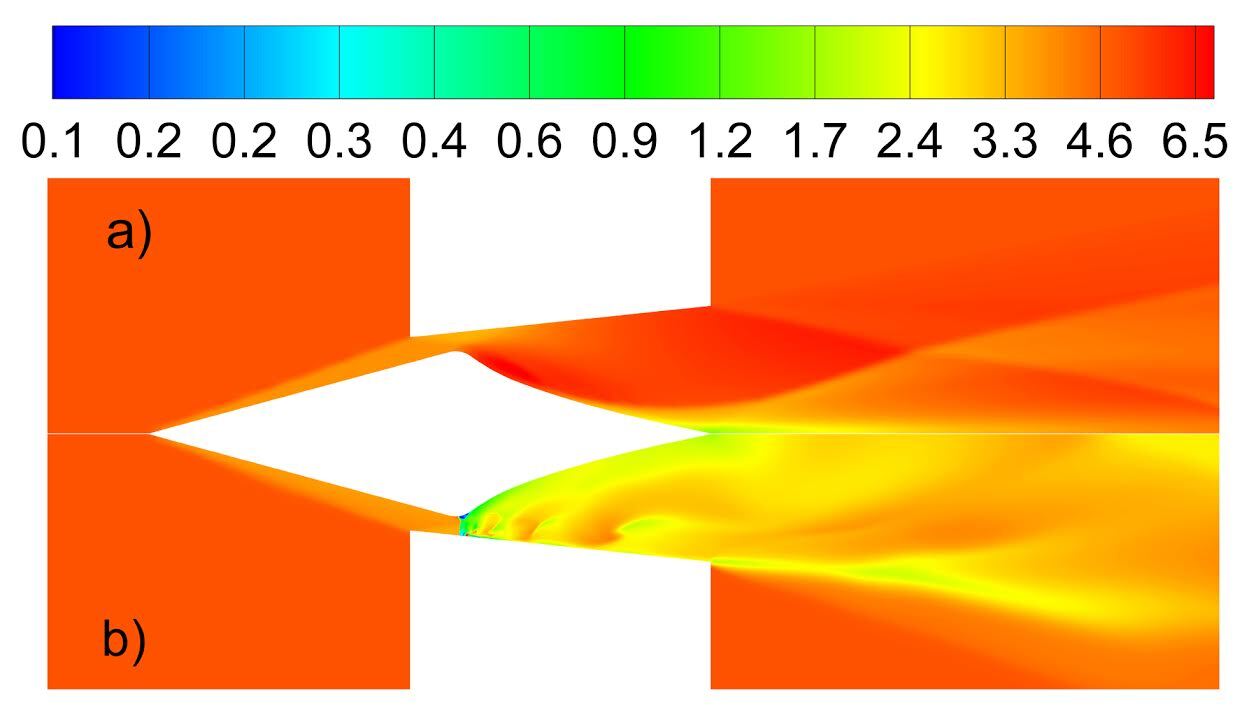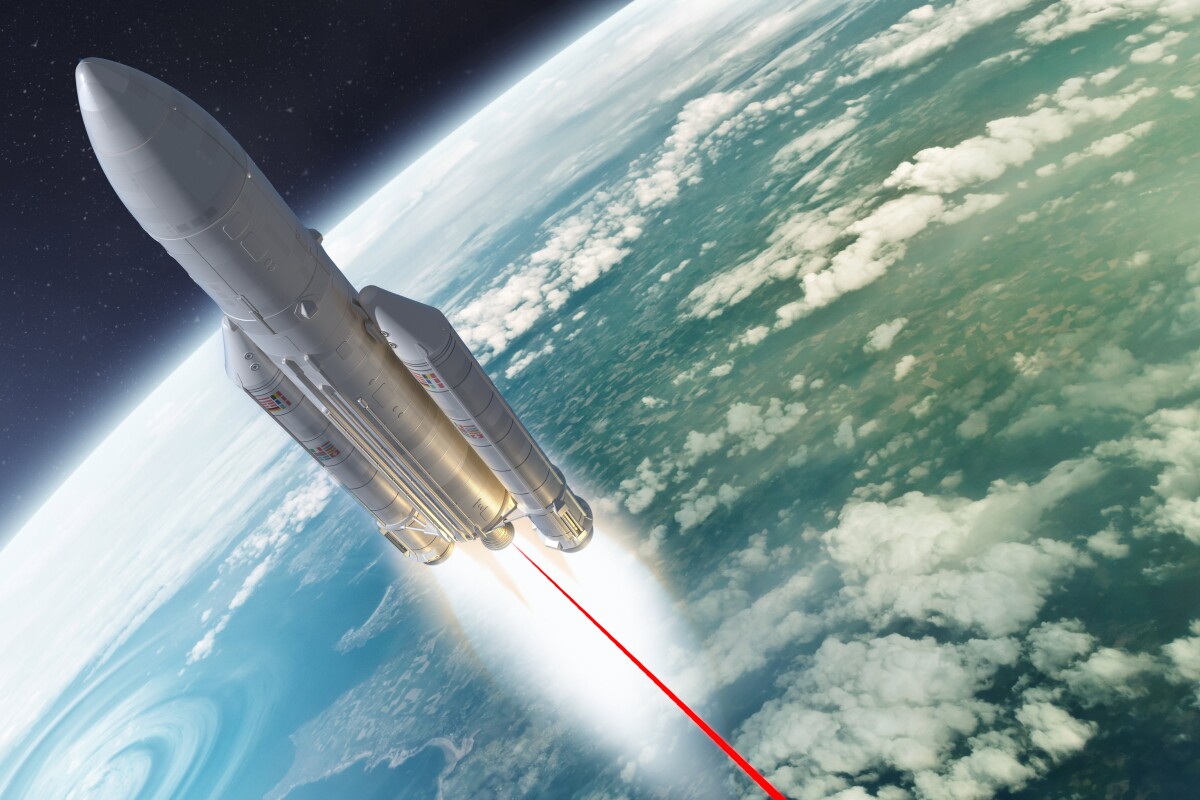Russian scientists have proposed a novel way to accelerate a spaceship while in flight – firing a ground-based laser up its backside. The new technique uses a plasma flow caused by laser ablation to increase the exhaust efficiency of a traditional rocket propulsion system, and could theoretically accelerate an aircraft beyond Mach 10.
In the process called laser ablation, a super high powered, focused laser beam can strike the surface of an object in space, and burn off that surface material, producing a plume of charged plasma particles that generates thrust.
It's a process that has been considered as a way to potentially blast space debris out of Earth orbit, but in this case it's seen as a way to provide extra thrust for a spaceship, without having to carry the primary energy supply on board the ship. Mind you, the ship does need to carry enough extra surface metal to be burned off in the ablation process.
A team of Russian scientists led by Yuri Rezunkov at the Institute of Optoelectronic Instrument Engineering, Russia has found a new way to use laser ablation to provide additional acceleration – by using it to increase the efficiency and thrust of regular gas blasting rockets.

I'm no rocket surgeon, so we'll let the researchers' press release speak to the specifics of the new method:
The researchers show that the effectiveness of current laser-propulsion techniques is limited by factors including the instability of supersonic gases as they flow through the gas nozzle, as well as the production of shock waves that “choke” the inlet of the nozzle, reducing thrust. But those effects can be reduced with the help of a laser-ablation plasma plume that is redirected so that it will flow close to the interior walls of the nozzle. Coupling the ablation jet with supersonic gas flow through the nozzle, they find, significantly improves the overall thrust generated by the nozzle. “Summarizing the data obtained, we can forecast the application of the supersonic laser propulsion techniques not only for launching small satellites to Earth orbits but also for additional acceleration of supersonic aircrafts to achieve Mach 10 and more,” Rezunkov said.
There's one significant potential problem with this – and it's the same thing that has stopped laser ablation from being a great way to blast space junk out of an increasingly cluttered orbital zone around the Earth.
The Earth-bound lasers would need to be incredibly powerful – powerful enough to vaporize metal from hundreds of miles away – and that kind of technology could easily be used to knock satellites off course, or damage pretty much anything that's sitting in orbit. The military applications are obvious, and with so much earthbound technology relying on those satellites, building a machine that could knock them out of the sky would be politically very difficult.
Likely the only way that a big enough laser array could be built without causing international turmoil would be to have it built by an international body that could guarantee it would never be used for military purposes. Good luck with that!
Source: The Optical Society






